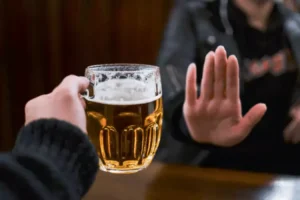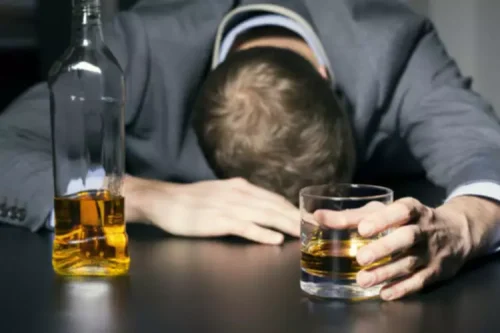Substance Use Disorder Drug Abuse: Risks, Types of Drugs & More
June 25, 2024, 0 Comments
Nevertheless, according to the National Institute on Alcohol Abuse and Alcoholism, 14.6 million U.S. adults over the age of 18 have alcohol use disorder, marked by uncontrolled drinking. Around the world, 240 million people are reportedly dependent on alcohol; alcohol abuse is most prevalent in Eastern Europe and least prevalent among Asians. There are many theories about the causes of addiction, the use and abuse of legal and illegal psychoactive substances. Biology, psychology, and social and cultural elements all play a role in the enormously complex causal bouquet that results in addiction, and different theories weight the elements differently. Together they reflect the fact that there is no one path to addiction, and no one factor makes addiction an inevitable outcome.
Detox & Treatment

In a 2020 naturalistic follow-up study, 53% of patients admitted to methadone treatment who tested positive for fentanyl at intake were still in treatment a year later, compared to 47% for patients who tested negative. Almost all (99%) of those retained in treatment achieved remission. An earlier study similarly found that 89% of patients who tested positive for fentanyl at methadone treatment intake and who remained in treatment at 6 months achieved abstinence. There is some evidence that natural variation in genetic makeup of the dopamine system may influence who gets addicted. Dopamine is the neurotransmitter activated by rewarding activities as a way of increasing the likelihood of engaging in such activities in the future. Having a relationship, getting a promotion, doing something creative—those are normal ways of stimulating the reward system.
Drug Addiction: Understanding the Patterns, Effects, and Treatment Options

Cravings are the intense desire for alcohol or drugs given formidable force by neural circuitry honed over time into single-minded pursuit of the outsize neurochemical reward such substances deliver. Cravings vary in duration and intensity, and they are typically triggered by people, places, paraphernalia, and passing thoughts in some way related to previous drug use. But cravings don’t last forever, and they tend to lessen in intensity over time. Many people believe that they are powerless to change their own addictive behavior, and often it is a belief that keeps people addicted. The evidence shows that every day, people choose to recover from addiction on their own.
- Further, those friends can serve as a cue that sets off drug craving and challenges the recovery process.
- Cocaine processed so that it can be smoked, it enters the blood stream rapidly and produces a rapid “rush” of a high; the immediate response becomes powerfully reinforcing, driving the motivation to repeat the experience.
- Alcohol use disorder occurs when your use of alcohol affects your daily life, like your ability to work or maintain relationships.
- By contrast, most adolescents relapsed in social settings when they were trying to enhance a positive emotional state.
- Again, just because it is legal, doesn’t mean it can’t be abused.
Why do people take drugs?

Their brains aren’t fully developed, so they don’t have the same decision making abilities as adults. Substance use disorder is a health condition involving compulsive substance use. It develops when substance use interferes with the ability to function day to day.
Products & Services
Addiction is a chronic disease characterized by drug seeking and use that is compulsive, or difficult to control, despite harmful consequences. The initial decision to take drugs is voluntary for most people, but repeated drug use can lead to brain changes that challenge an addicted person’s self-control and what is drug addiction interfere with their ability to resist intense urges to take drugs. These brain changes can be persistent, which is why drug addiction is considered a “relapsing” disease—people in recovery from drug use disorders are at increased risk for returning to drug use even after years of not taking the drug.
- These drugs are not all in the same category, but they share some similar effects and dangers, including long-term harmful effects.
- At every step of the way, support from friends, peers, and family is useful, but there are also many services and organizations that provide guidance., and many can be accessed through Recovery Community centers.
- Being aware of these risks can help you take steps to avoid using substances in the first place.
- The repetition of a highly pleasurable experience—drugs, gambling—alters neurons; they adjust their wiring to become increasingly efficient at the experience.
- Studies show that repeated use of a substance (or an activity), encouraged by a surge in dopamine, creates changes in the wiring of the brain—and those changes are reversible after drug use stops.

And they can help plan healthy joint activities to ensure that there are good days. There are no lab tests that define recovery and no universally agreed-on definition of recovery. For many experts, the key components of addictive disorder are compulsive drug use that continues despite detrimental https://ecosoberhouse.com/ consequences, and the development of cravings with the inability to control use. Addiction develops over time, in response to repeated substance use, as the action of drugs changes the way the brain responds to rewards and disables the ability to control desire for the drug.

0 Comments